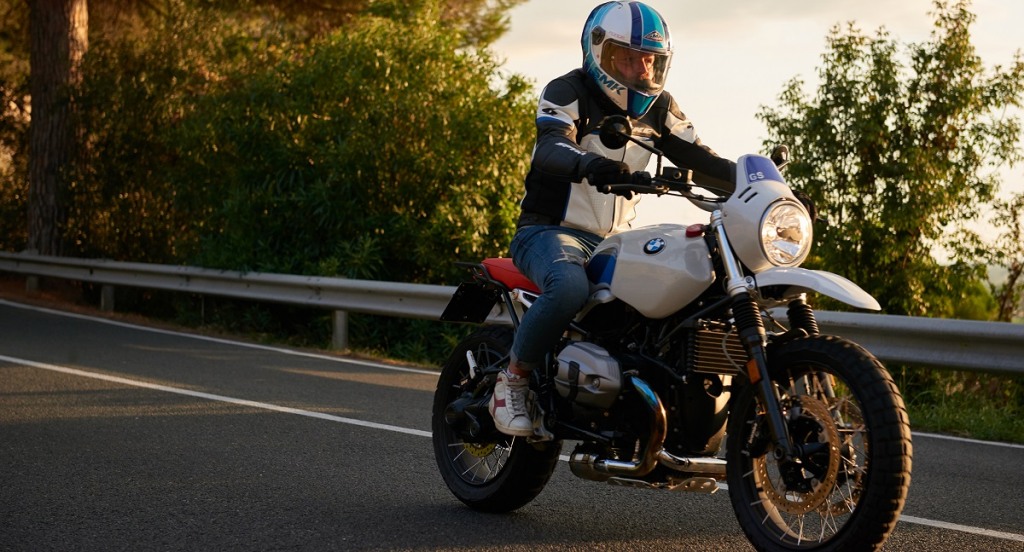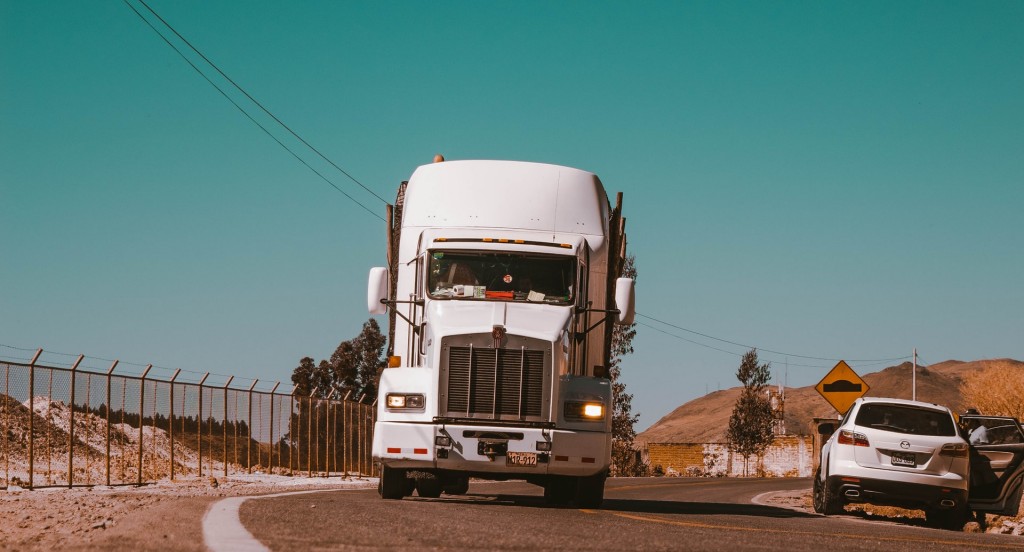When you’re riding a motorcycle, you feel free and excited but in that excitement, many people end up making mistakes because they are not aware of some of the most crucial safety facts. Here are 9 of the most neglected safety facts that you need to know in order to protect yourself from accidents on the road.
1. Helmets are important, and so are other gears!
When people think of motorcycle riding safety accessories, their focus goes directly to helmets but in addition to a good quality branded motorcycle helmet, you also need other things such as riding gloves and boots to stay completely protected because the hands and feet are the second most vulnerable body parts that come under harm in the event of an accident. Gloves, boots, and riding jackets are specifically designed for different weather conditions so irrespective of whether you are riding in hot, rainy, or snowy conditions, there are a ton of options to choose from which gives you no excuse not to wear a complete motorcycle riding ensemble when you are on the road.
2. You Are as Safe as Your Pillion Rider Lets You Be
Riding two-up with a pillion is quite common across the country and if you often carry a pillion rider with you, it is important to educate him or her on the basics of staying safe on the road. If the pillion rider is finicky and shifts a lot around in the seat it will create an imbalance and make it difficult for you to keep control over the motorcycle. Many pillion riders are also quite excited to see over the shoulder of the rider which creates an imbalance on one side of the bike, which isn’t safe. Take some time to educate the person so that he or she does not make any of these mistakes and create any unnecessary trouble for you. In addition to educating the person, you must also ensure that the pillion rider is using a branded motorcycle helmet along with other minimum riding safety accessories.
3. Tires Matter More Than You Think
Compared to four-wheelers, a two-wheeler has just two tiny patches of rubber which keep the vehicle connected to the road. If those two tiny patches do not provide adequate traction it becomes really challenging for you to even ride it safely, much less stop the vehicle in an emergency! This isn’t a concern as long as you have the right type of tires depending on the riding condition. For example, if you have winter tires for riding during the winter season when the surface may be layered with snow or an invisible sheet there is relatively less risk of being in an accident.
Similarly, if you ride on dusty and unpaved surfaces, you will need off-road tires last but not least, for commuting you need specially designed road tires that will provide better grip when you lean over on corners.
4. When Riding In A Group, Follow The Rules
In addition to riding solo and commuting to work, there may be times when you have to ride in a group with other friends on long-distance trips. When that happens, you need to follow all the rules of group riding such as using hand signals and never racing or competing with other members. Group rides also need you to be disciplined and keep a specific distance from other riders both in front and back of you. If you do not know the rules of riding in a group, take some time to understand them first and talk to other members of the group to get a good idea so that you don’t endanger yourself or other members while riding.
5. You Need To Know Basic Troubleshooting Techniques
A lot of new motorcycle riders do not know even the most basic stuff when it comes to repairing mechanical problems. Of course, there is always the safety net of taking the motorcycle to a mechanic for repairs, but imagine what would happen if you find yourself in the middle of a long highway with no one to help you out! In that case, your own skills will get you out of trouble. Thankfully, learning the basic skills of repairing normal problems isn’t too hard and you can find a ton of educational videos on youtube and other video platforms. If relevant information is not available, speak with a mechanic and find out at least the basics of changing a tire and repairing a puncture, which will come in handy on long-distance trips.
6. Ride With An Eye On The Weather
Whether you are a long-distance tourer or a daily commuter, the first thing that you need to do after waking up in the morning is to check the skies and anticipate the weather that is about to unfold. With time you will get better at predicting the weather. Knowing about the weather in advance helps you plan for the entire day and take the necessary safety/comfort accessories with you in the motorcycle luggage bag or in your backpack. Since a motorcycle does not provide the weather protection of a car, you need to be prepared for rain, snow, or other inclement weather conditions. Long before it became convenient to check the weather on mobile phones, people checked the skies to know how the day would proceed. It is one of the key skills that every motorcycle rider needs to have.
7. Never Ride With Less Than 1/4th of Fuel
You would be surprised to know the astonishing number of riders who have to push their motorcycles because they did not bother to check the fuel levels before starting the ride! This is extremely important when you are going on long-distance tours because petrol pumps and gas stations are few and far in between, which means if you run out of fuel, there is a very good chance that you will be left stranded in the middle of nowhere with no option but to shove the bike to the nearest petrol pump or expect a good Samaritan to come by and help you!
8. Learn Panic Braking
Learning to bring the motorcycle to an emergency stop is one of the most crucial life-saving skills that every motorcycle rider needs to develop. This is one of the most basic skills taught in motorcycle riding safety courses, but if you did not have the opportunity to enroll yourself in one, you can always learn how to brake in an emergency situation on your own. The key to panic breaking is not to panic at all! Keep yourself calm and do not make the mistake of grabbing a big handful of the brakes because if you do that the motorcycle will do a ‘stoppie’ and throw you off the bike and throw you in the path of oncoming traffic.
9. Staying Alert Can Save Your Life!
Never make the mistake of riding with a tired mind. If you feel fatigued or exhausted it is a good idea to postpone the right until a time when you are completely aware and awake! Be cognizant of the fact that there are other riders on the road that may be equally fatigued or distracted to even notice you, especially in a dark or cloudy condition, so there may be no margin for error if you make an unintentional mistake. Under unavoidable circumstances when you have a ride just a little longer to reach your destination despite your fatigue, consider taking a break and splashing some cold water on the face. Drinking a cup of coffee or tea can also help. Don’t ride with the impaired judgment of an inebriated mind.
Summary
When you’re riding a motorcycle, you feel free and excited but in that excitement, many people end up making mistakes because they are not aware of some of the most crucial safety facts. Here are 9 of the most neglected safety facts that you need to know in order to protect yourself from accidents on the road.


